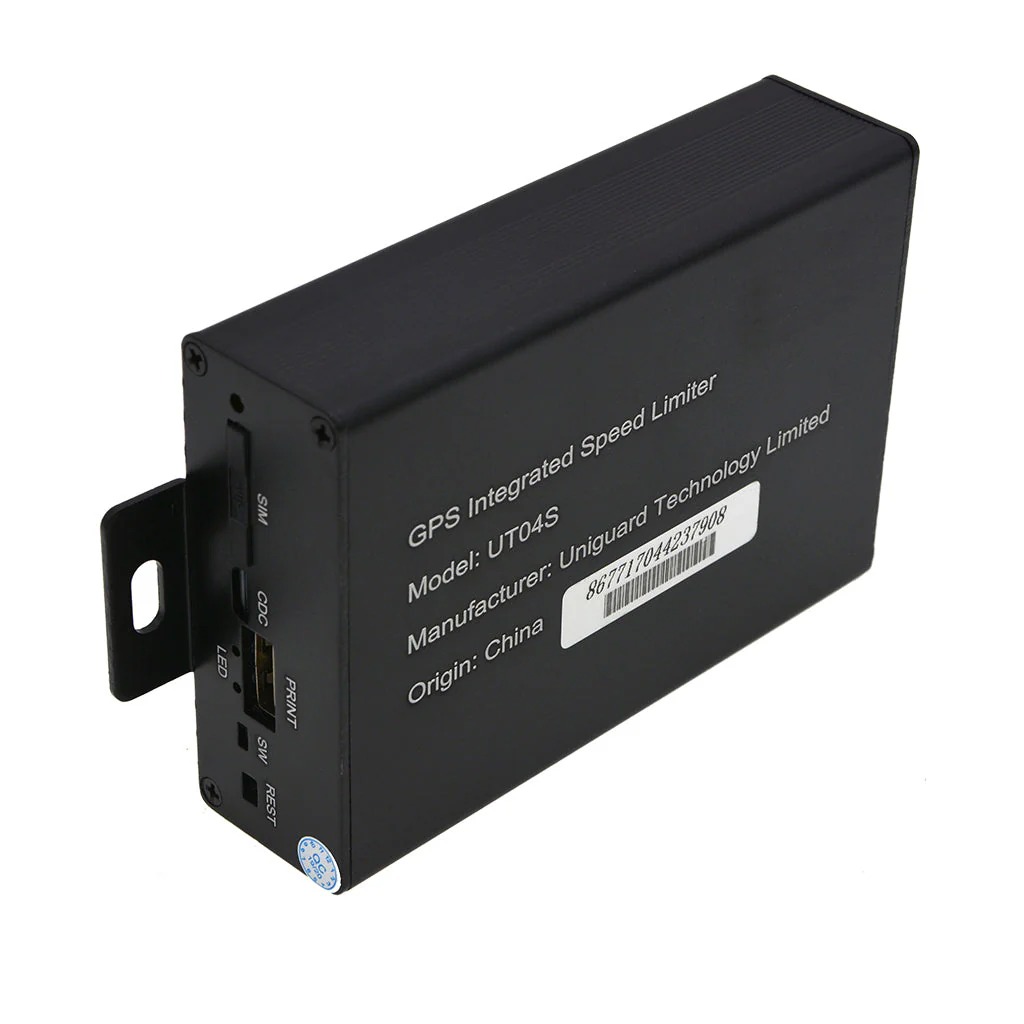
Fleet safety isn’t just a box to tick—it’s something that affects lives, reputations, and the bottom line. In the past few years, I’ve spoken with dozens of fleet managers, and one thing keeps coming up: speed limiters have quietly changed the game.
In regions like Southeast Asia, this shift is especially visible. Many companies using a fleet speed limiter Singapore solution have seen a significant drop in accident rates, improved compliance, and even better fuel economy. I’ve dug into the numbers and stories, and what I found was both encouraging and eye-opening.
Let’s break down exactly how speed limiters are reducing accidents—and what we can learn from fleets that made the switch.
Why Speed Matters in Fleet Safety
Speed is one of the top contributors to road crashes worldwide. When a vehicle goes too fast, there’s less time to react, and the force of impact is much higher. For fleets, this isn’t just about the occasional speeding ticket. It means damaged cargo, insurance claims, lawsuits, and most importantly—injured or even killed drivers.
Many commercial drivers operate under tight schedules. Without a control in place, some will push their limits just to make a delivery on time. That’s where speed limiters come in. These devices cap a vehicle’s top speed, keeping it within a safer range without relying on the driver to self-monitor.
What Are Speed Limiters?
Speed limiters, sometimes called intelligent speed assistance (ISA) systems, are devices that restrict a vehicle’s maximum speed. They’re often set based on road regulations or company policy.
There are a few types:
- Mechanical limiters, often found in older vehicles.
- Electronic limiters, integrated with the engine control unit.
- GPS-linked systems, which adjust limits based on speed zones.
In modern fleets, limiters are often paired with telematics systems. This lets managers track driver behavior, monitor speed violations, and make data-driven safety decisions. These aren’t just tools—they’re safety partners.
Real Fleet Stories – Case Studies
A. Logistics Company Cuts Accidents by 40% in 6 Months
One logistics company with over 100 trucks in operation installed speed limiters after a string of minor collisions. The results? A 40% reduction in accident frequency within half a year. Not only that, they saved on fuel and reduced wear and tear on their vehicles. The fleet manager told me, “We didn’t expect such a fast ROI—but the numbers don’t lie.”
B. Public Bus Operator Sees Passenger Complaints Drop
For a city transport service, driver aggression was a major issue. Passengers frequently complained about harsh braking and reckless overtaking. After limiting buses to 70 km/h, complaints dropped by 60%, and incidents involving sudden stops nearly disappeared.
C. Delivery Fleet Improves Fuel Economy and Compliance
A retail delivery company decided to cap all vehicles at 90 km/h. Their reason wasn’t just safety—it was rising fuel costs. The surprising outcome? Not only did fuel usage drop by 8%, but drivers also racked up fewer fines. The limiter became a tool for compliance and cost-saving.
Key Data and Industry Statistics
You don’t have to take just one company’s word for it. Industry data supports the story:
- According to the National Highway Traffic Safety Administration (NHTSA), crashes caused by speeding account for over 25% of all road fatalities.
- Fleets using speed limiters report up to 50% fewer speed-related incidents.
- Insurance providers are beginning to offer discounted premiums for fleets using speed control systems.
In countries like the UK and Australia, mandatory speed limiters have become standard in certain fleet categories. This move has already saved hundreds of lives.
Common Questions Fleet Managers Ask
Here are a few questions that come up regularly when I speak with fleet owners:
Will this slow down my deliveries?
Slightly, yes—but only on highways. In urban traffic, your average speed stays the same. And the tradeoff is better safety and less downtime from accidents.
Can drivers tamper with the limiter?
With older systems, maybe. But modern limiters are encrypted and connected to fleet management software. Any tampering attempt is flagged immediately.
Is it legal to use speed limiters?
Yes, and in some countries, it’s even required. In Singapore, for example, speed limiters are mandatory for certain heavy vehicles.
What’s the installation cost?
Costs vary depending on the system. But most fleets report a payback in under 12 months, thanks to lower fuel bills and fewer insurance claims.
Lessons Learned from Fleet Managers
I’ve gathered a few insights from those who’ve been through the process:
- Start with a pilot program. Don’t roll it out fleet-wide immediately. Try it on 10–15 vehicles and compare results.
- Communicate with your drivers. Resistance usually comes from a lack of understanding. Share why you’re installing limiters—and show them the benefits.
- Use telematics data. Speed limiters give you control, but data gives you context. Combining both helps you see the full safety picture.
How to Get Started with Speed Limiters
If you’re considering adding speed limiters to your fleet, here’s how to begin:
- Evaluate your fleet’s accident and speed history. This helps build a case.
- Find a trusted provider that offers support and integration with your fleet management system.
- Set speed limits based on road conditions and vehicle type.
- Train your drivers and monitor feedback during the transition.
- Track the metrics—accidents, fuel use, and maintenance costs—before and after installation.
You don’t need to go all-in from day one. Start small, gather results, and expand gradually.
Conclusion: Safety Isn’t Optional Anymore
Speed limiters aren’t just about obeying laws or ticking boxes. They protect your drivers, reduce costs, and build trust with clients. In the end, every prevented accident is a win—not just for the company, but for everyone on the road.
If you manage a fleet, take a look at what others are doing. Learn from their stories. Because safer fleets don’t happen by accident—they happen by choice.






